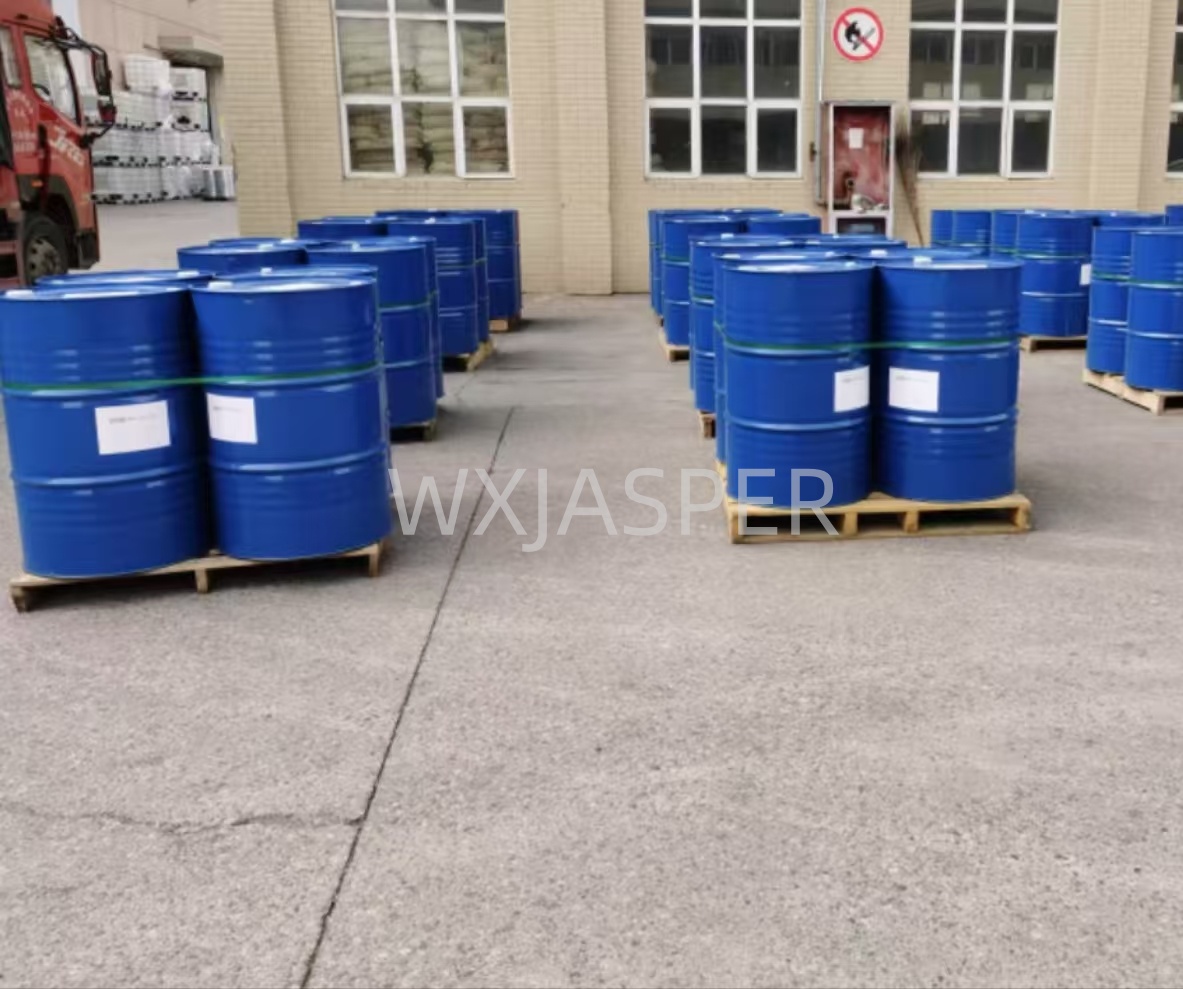Your Location:Home > Products > Solvents > Triethylamine



CasNo: 121-44-8
MF: C6H15N
Appearance: liquid
Delivery Time: 15 days
Packing: 200kg/drum
Purity: 99%
Typical industrial-grade Triethylamine (CAS 121-44-8) adheres to strict purity and impurity control standards (taking premium grade as an example):
| Quality Indicator | Specification (Premium Grade) | Description |
|---|---|---|
| Triethylamine Content | ≥99.5% (national standard); ≥99.7% (internal control) | Core active component; high purity ensures reliability in catalytic and synthetic reactions. |
| Ethylamine (Monoethylamine) Content | ≤0.1% (national standard); ≤0.05% (internal control) | Primary amine impurity; excessive levels reduce reaction selectivity in pharmaceutical synthesis. |
| Diethylamine Content | ≤0.1% (national standard); ≤0.06% (internal control) | Secondary amine impurity; affects yield of target products in fine chemical applications. |
| Ethanol Content | ≤0.1% (national standard); ≤0.07% (internal control) | Residual solvent from raw materials; high content may trigger unwanted side reactions. |
| Water Content | ≤0.1% (national standard); ≤0.07% (internal control) | Controls moisture to prevent hydrolysis of amine groups and corrosion of metal equipment. |
| Color (APHA) | ≤15 (national standard); ≤10 (internal control) | Measures liquid clarity; lower values indicate fewer oxidized by-products. |